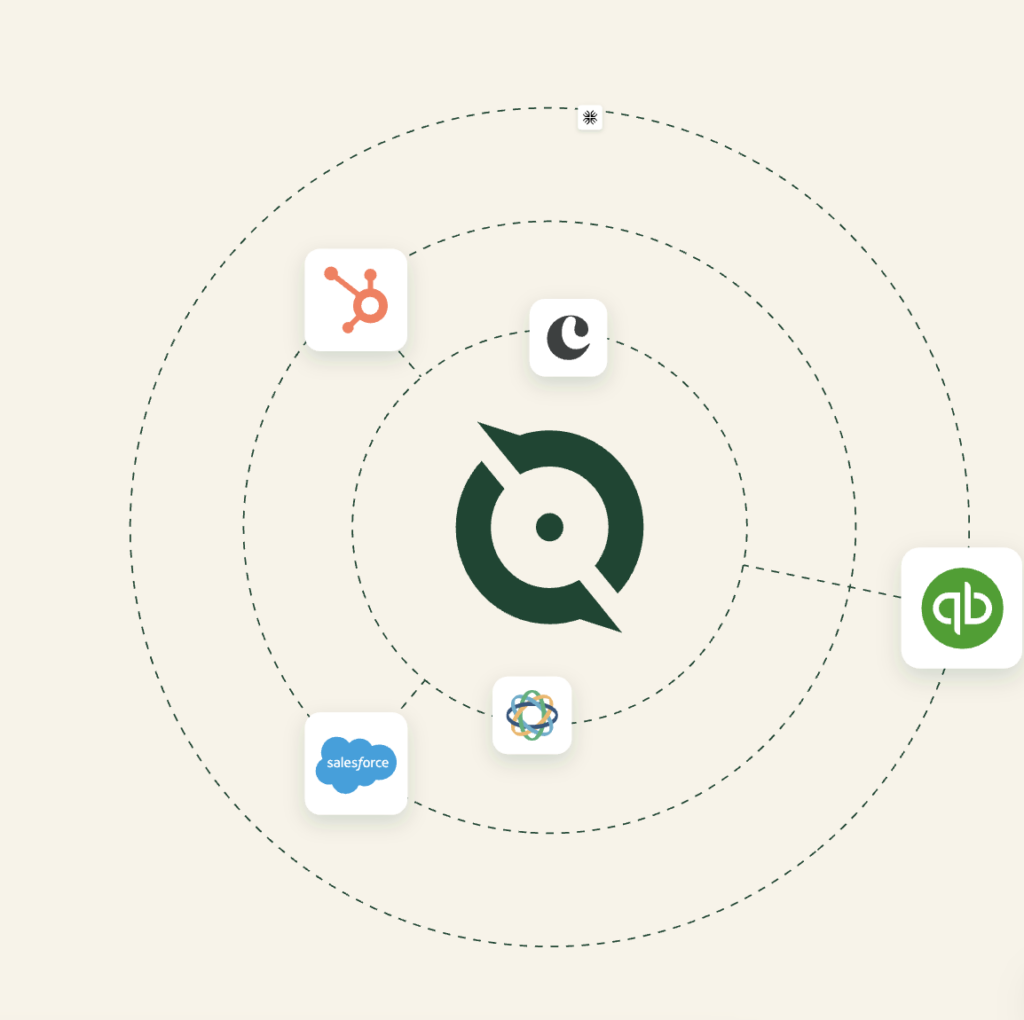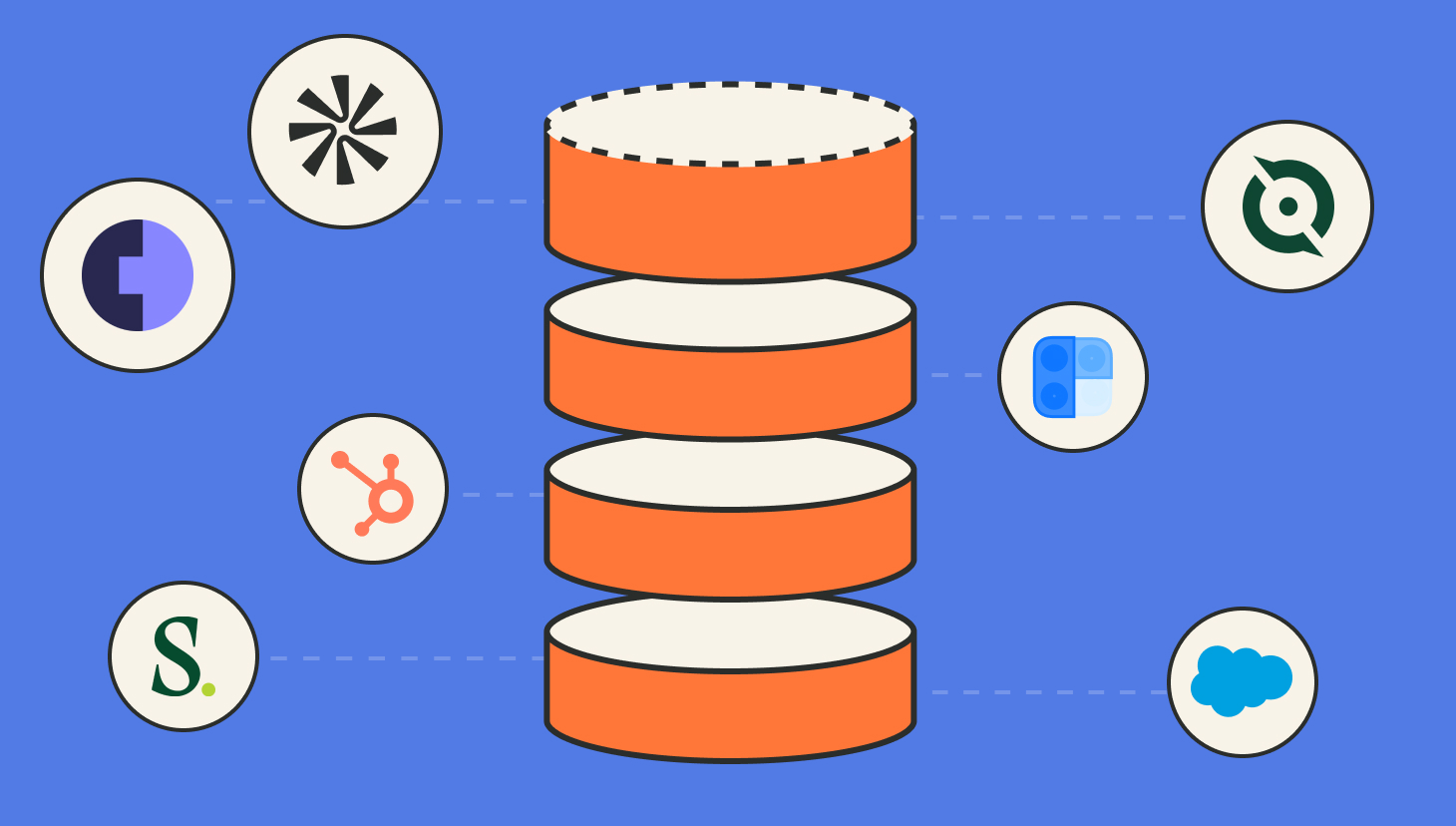Effective sales tools play a critical role in enhancing B2B sales processes. According to McKinsey, leading B2B companies increased sales team capacity by 20% with automation. These companies also shaved significant costs and improved sales productivity by as much as 30%.
Results like these have led to an increasing reliance on digital platforms in B2B sales processes, with 81% of sales teams testing or using these AI-powered tools, according to Salesforce. A boost in efficiency is evident as 83% of sales teams using these technologies saw revenue growth versus 66% of those not leveraging them.
As the adoption of advanced sales tools increases in popularity, businesses must follow suit to remain competitive.
These technologies enable organizations to outperform their rivals by providing them with insights that facilitate more informed decision-making. For instance, 84% of B2B businesses already use advanced analytics tools to manage content effectively.
In this blog, we’ll guide you through selecting and integrating the most effective sales tools into your B2B tech stacks, through categories like CRM systems, commission management, email automation, sales intelligence, prospecting software, and demo tools.
Let’s start with the key features to consider in B2B sales tools.
Design, track, and manage variable incentives with QuotaPath. Give your RevOps, finance, and sales teams transparency into sales compensation.
Talk to SalesWhat To Look For In A B2B Sales Tool
Searching through the vast selection of available B2B sales tools can be overwhelming. According to the 10th edition of the SalesTech landscape, the number has surged to 2,100, a 34% increase over the previous year. Simplify the selection process by knowing what to look for before you get started.
- Identify Your Business Needs: Determine your sales team’s specific challenges to select tools that effectively address these issues.
- Comprehensive Feature Set: Seek tools offering a range of functionalities, such as CRM integration, lead generation, and analytics, to streamline sales processes.
- User-Friendly Interface: Choose tools with intuitive designs to ensure quick adoption and minimize training time for your team.
- Scalability: Ensure the tool can accommodate your business growth, adapting to increasing data volumes and additional users.
- Integration Capabilities: Verify that the tool integrates seamlessly with your existing software, such as email platforms and marketing automation systems.
- Data Quality and Accuracy: Opt for tools that provide reliable and up-to-date data to enhance decision-making and targeting.
- Customization and Flexibility: Select tools that allow tailoring to your specific sales processes and workflows for optimal alignment.
- Pricing Structure: Consider the tool’s cost relative to its features and your budget, ensuring it delivers value without unnecessary expenses.
- Customer Support and Training: Prioritize vendors offering robust support and training resources to assist with implementation and ongoing use.
- Security and Compliance: Ensure the tool complies with relevant data protection regulations and incorporates robust security measures to protect sensitive information.

The Best B2b Sales Tools For Your Tech Stack
Next, let’s take a look at key tools within each of the major B2B sales tools categories.
| CRM | ||
| HubSpot | A user-friendly CRM with robust automation and reporting capabilities. | |
| Salesforce | An industry-leading CRM known for its customization, scalability, and integrations. | |
| Pipedrive | A visual pipeline-based CRM created for small to mid-sized sales teams. | |
| Commission Management | ||
| QuotaPath | A commission tracking and forecasting platform that integrates with CRMs, data warehousing, and Payroll platforms to provide transparency and accuracy in compensation. | |
| Spiff | A sales commission automation tool that manages and calculates commission plans in real time. | |
| CaptivateIQ | A sales commission design, automation, and management tool offering real-time data. | |
| Email Automation Software | ||
| Salesloft | A multi-channel engagement platform that helps sales teams individualize and scale outreach. | |
| Outreach | A sales engagement platform that optimizes and automates outbound sales efforts. | |
| HubSpot Sales Hub | A platform that automates sales tasks, including follow-ups, meeting scheduling, data entry, and task management. | |
| Sales Intelligence Tools | ||
| ZoomInfo | A market intelligence platform that provides detailed company and buyer insights. | |
| Clearbit (Breeze Intelligence by HubSpot) | A sales intelligence tool that provides accurate and up-to-date company and contact information. | |
| LinkedIn Sales Navigator | A prospecting tool that enhances lead data with social and professional insights. | |
| Sales Prospecting Tools | ||
| Apollo.io | A comprehensive prospecting platform offering contact data, enrichment, and automated outreach. | |
| Cognism | A B2B data provider that provides intent-based lead generation insights. | |
| Lusha | A simple, effective tool for finding verified contact information and enriching lead profiles. | |
| Demo Tools | ||
| Demostack | A platform that creates the perfect demo with custom instances that are easy to build, distribute, and measure. | |
| Reprise | A demo platform that captures your application at the code level and injects AI-generated data, creating a fully interactive, reliable demo environment. | |
| Walnut | An entirely codeless platform that enables B2B companies to fully personalize, manage, and optimize their interactive product demos. |
Try the most collaborative solution to manage, track and payout variable compensation. Calculate commissions and pay your team accurately, and on time.
Start TrialHow To Build A B2B Sales Tech Stack
Now, you’re ready to build your own! Check out the following process to build your first sales tech stack or update an existing one.
Assess Your Sales Process and Needs
Before investing in new tools, identify pain points and inefficiencies in your current sales workflow. Where are the bottlenecks? Are reps spending too much time on manual tasks? Are qualified leads slipping through the cracks? Pinpointing these issues will reveal where technology can make the most significant impact.
From there, establish key sales objectives. Are you focused on generating more leads, improving pipeline visibility, or boosting forecasting accuracy? Being clear on your priorities will help guide your tool selections. Make this a cross-functional effort. Loop in sales, marketing, and RevOps to align tool selection. Diversified input ensures that the tech stack solves real problems while supporting the entire revenue engine.
Define the Core Categories of Your Tech Stack
The next step is to outline the key categories your tech stack should cover. By defining these categories upfront, you can ensure your stack is aligned with your team’s daily workflows and long-term goals. The following categories represent typical B2B sales tools used by high-performing B2B sales organizations. Select the ones that best address your current requirements.
- CRM – The foundation for managing customer relationships and tracking deals.
- Commission Management – Automates sales compensation to ensure transparency and accuracy.
- Email Automation – Streamlines outreach and follow-ups to improve engagement.
- Sales Intelligence – Provides data insights on prospects and market trends.
- Sales Prospecting – Helps reps find and connect with the right leads efficiently.
- Demo & Presentation Tools – Enables engaging and interactive product
Prioritize Integration and Scalability
As you evaluate B2B sales tools for your tech stack, choosing platforms that seamlessly integrate with your CRM and other existing software is crucial. This reduces data silos, improves workflow efficiency, and creates a unified ecosystem for your team to work in. Otherwise, you risk creating duplicate work, misaligned data, and frustrated teams.
Remember to think long-term to ensure flexibility for future growth, avoiding tools that might become bottlenecks. Choose flexible platforms that can scale as your team expands or your sales process evolves. Investing in scalable solutions now can save you the time, cost, and disruption of replacing tools down the road.
Evaluate and Test Different Solutions
Research the top solutions in each category. Leverage free trials, product demos, user feedback, and customer reviews to get a well-rounded view of each option. Consider factors like usability, automation capabilities, and pricing. Then, test new tools with a small team before a full rollout. This phase allows you to gather hands-on feedback, identify potential roadblocks, and set the stage for a smoother, more successful implementation.
Implement, Train, and Optimize
Once you’ve selected the right tools, create a structured onboarding process to drive adoption. Start with a structured onboarding plan that includes setup, configuration, and clear documentation. This helps your team get up to speed quickly and seamlessly, so reps start seeing value without daily workflow disruption.
Implementation isn’t one-and-done, so provide ongoing to maximize tool efficiency. Schedule regular check-ins, provide refresher sessions, and gather user feedback to identify areas for improvement. Regularly assess and refine the stack to align with evolving sales needs.
Build Your Tech Stack with the Best B2B Sales Tools
Building your tech stack with the best B2B sales tools means assessing your sales process for pain points and inefficiencies to determine your key objectives and priorities. Then, seek seamless integration with your current tools and look for the key characteristics we discussed above. After testing and evaluating your options, implement, train, and optimize your tech stack to align with evolving sales needs.
QuotaPath meets all our recommended criteria, fits seamlessly into your tech stack, and is pivotal in rep visibility, motivation, and time savings. Don’t take our word for it. Schedule a time with a team member to see QuotaPath for yourself.
FAQs
What is a B2B sales tool
A B2B sales tool is software designed to help businesses streamline and automate various sales tasks, such as lead generation, customer relationship management, and sales forecasting, to improve efficiency and boost revenue.
What are the best B2B sales tools for SaaS companies?
The best sales tools for B2B SaaS companies include CRM platforms like Salesforce and HubSpot, sales engagement tools like Salesloft and Outreach, and sales intelligence platforms like ZoomInfo and Clearbit to streamline lead generation, prospecting, and sales cycle management.
What are the best sales tools for startups?
The best sales tools for startups include CRM like HubSpot or Close, sales automation platforms like Salesloft or Outreach, and prospecting tools like LinkedIn Sales Navigator or Apollo.io, to streamline outreach and boost efficiency.



